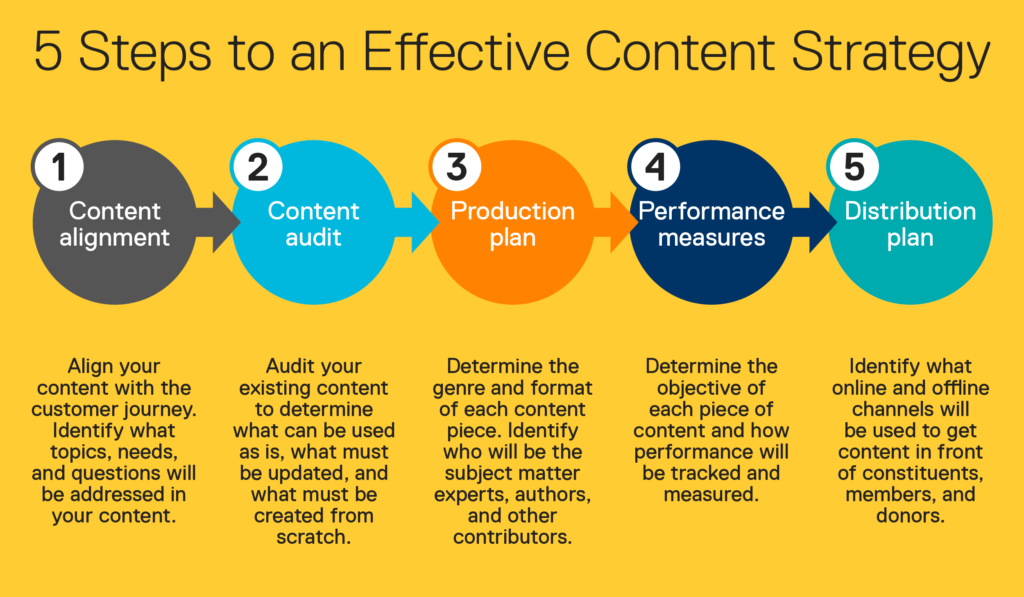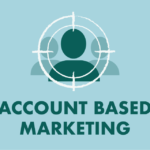ABM offers a full commitment to new ways of B2B Marketing. Account-Based Marketing Strategy(ABM) helps increase ROI while eliminating the waste of time and money on unqualified leads, but you need to stay committed to doing it in the right way.
According to SiriusDecisions, 90% of marketers have seen a higher ROI and have recognized the value of ABM.
How to Implement an Account-Based Marketing Strategy?
Making ABM strategy work will take time, but once you’re on the right track up and running, the return on investment will vindicate. After classifying potential clients and laying the groundwork, four critical pillars hold the foundation and ensure ABM’s success.
These include:
1. Practice predictive marketing for client selection.
2. Exert intent data for personalization.
3. Build multi-channel marketing programs.
4. Monitor and evaluate success.
Laying Groundwork: Use Intent Data For Client Selection
ABM begins with using the right data to pick strategic clients. This initial phase’s overall intent is to reduce the time and effort to filter unqualified leads.
This will yield highly qualified leads and less waste of time. ABM requires filtering personas, using the predictive client selection method, and aligning your marketing and sales platforms.
This is all about laying the groundwork. Once this stage is complete, you’ll be able to implement a successful Account-Based Marketing Strategy
Define personas
Defining the client personas will help to create personalized content, messaging, and segmentation. Once you’ve determined the client personas, you’re ready to start selecting your target group of audiences.
The client persona can be described as the client’s interests, preferences, and requirements. Personas are developed based on company size, industry, revenue, and the products and technologies they are using.
In some cases, it’s the intent data, the prospects who are actively looking online for products and services you offer.
Narrow down potential clients through the manual or predictive selection
For manual selection, sales reps can choose clients based on their existing connections or gather data from CRM.
This can be done by simply gathering the sales reps in a room to pick accounts based on previous experience, gut feeling based on the client profile, and knowledge of where your product fits best; that’s it!
For predictive client selection, you combine CRM and marketing automation data with external data to design a predictive model.
Using predictive marketing for client selection, you can use millions of B2B clients’ data to derive a target audience list that looks like the ideal customer.
Unlike the manual approach, predictive marketing gives more in-depth insights into the potential client profile so that you can let intent data determine your client selection.





